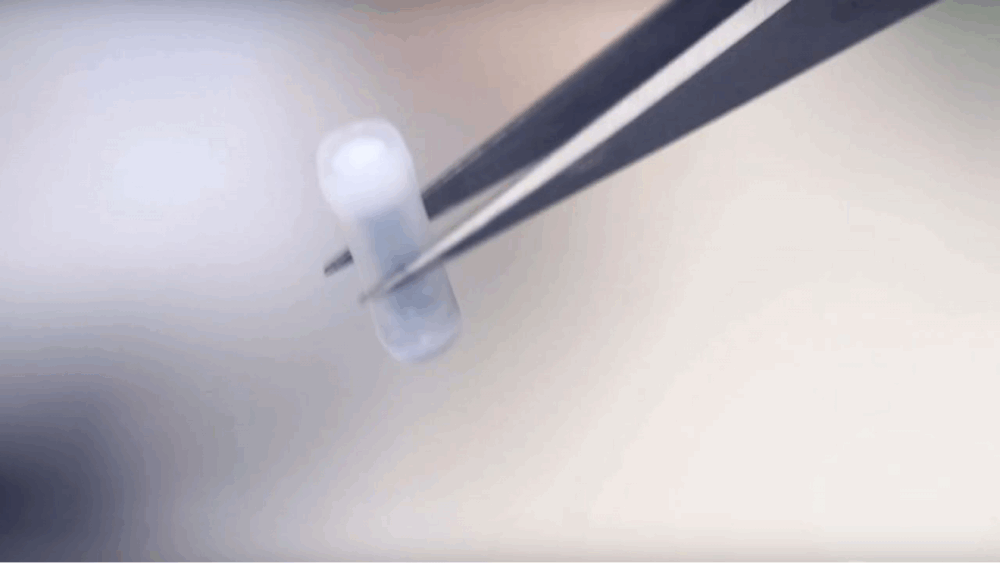Device That Prevents Opioid Overdose
Opioids can bind to receptors in the brain responsible for breathing, causing hypoventilation and, all too often, leading to fatal overdoses. Naloxone (also known as Narcan) is an antidote that prevents opioids from binding to these brain receptors. However, when a person is already experiencing an overdose, it is often too late for them to take this life-saving medication on their own, as they are incapacitated.
Now, American researchers from Purdue University have developed an intelligent system that includes an implantable device releasing naloxone, which can automatically prevent an overdose without any outside intervention. According to Hyowon Lee, associate professor of biomedical engineering at Purdue University and one of the study’s authors, “The antidote will always be with the person. The device won’t require them to recognize an overdose or administer naloxone, keeping them stable long enough for emergency services to arrive.”
The system consists of a wearable device that monitors the patient’s breathing using electrocardiography. An implantable drug-release cartridge, placed under the skin just below the wearable device, is activated by an external device using an electromagnet. The magnetic field changes, heating the implant and breaking its shell, which releases the naloxone.
The system is not yet fully complete, as the automatic component still needs to be tested for in vivo operation. However, it is already capable of monitoring breathing rate and releasing the medication from the capsule.
Once the technology is refined and ready for commercial use, the researchers plan to adapt it for administering epinephrine (adrenaline) to people with severe allergies as well.
The research findings have been published in the journal Controlled Release.



